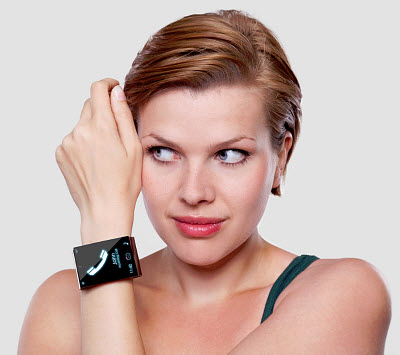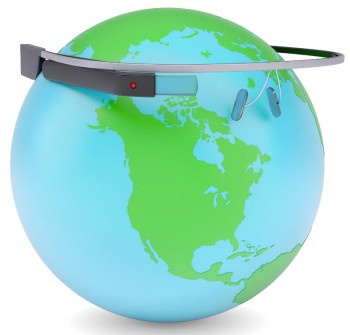While smartwatches may be growing in popularity, their ugliness is holding back consumer interest.
The latest tech trends are clearly headed toward wearable technology, and recent developments in smart jewelry is starting to prove that there is a way to wear these mobile devices in an attractive and fashion friendly way that has not yet been achieved by smartwatches and augmented reality glasses.
Google Glass and Samsung Galaxy Gear may have cool features, but wearers look like made for TV sci-fi movies.
The fact that the devices are ugly is making them a harder sell, despite the fact that they have the potential to provide consumers with a range of very interesting features. This trend in wearable technology is changing, though, as a growing number of different smart jewelry options start to become available from various different companies – primarily startups. The key is that they maintain functionality and practicality but they don’t actually look like computers.
Some of the top forms of smart jewelry look like a regular necklace or ring, despite the added features.
Among the forms of wearable technology that have been making headlines over the last while, without calling Star Trek or The Jetsons to mind include the following:
• Cellini Bluetooth Pendant – this device from CSR looks like a sleek and attractive pendant that is worn on a necklace. An app allows the user to change the color or brightness of an LED contained within the pendant in order to match the wearer’s mood or clothing. This is available for Android, or for iOS 7 users. In the latter case, the pendant can be told to alert the iPhone user of incoming calls, texts, or emails through a change in color, vibration, or a flashing light.
• Netatmo June Brooch/Bracelet – this jewelry, comes in the form of gold, gunmetal, or platinum in which is set a stone that resembles a large diamond. This is in the form of a broach or is set onto a leather wrist strap. It functions with an app to alert the user as to how much sun exposure he or she has had, as well as the UV index and local forecasts.
• Smarty Ring – this device is, of course, in the form of a ring and features an LED display that alerts the user to incoming calls, social media updates, and messages.
• NFC Ring – also a ring, this smart jewelry has built in NFC technology built into it. The idea behind this piece is to program this mobile device to hold data or perform various functions, such as unlocking a near field communications enabled smartphone.


